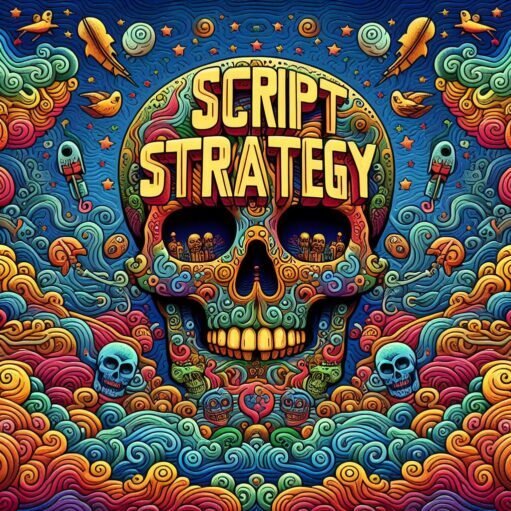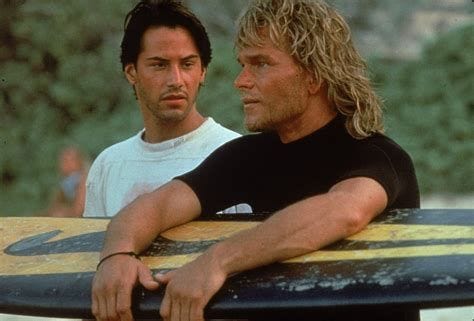How to Write a Story With a Message for Screenwriters
(Without Being Totally Fucking Obnoxious)
As screenwriters, it is our place–our job, if you will–to describe the world as we would like to see it.
This is a vital practice, because it allows the viewer to imagine a world of possibility beyond the never-hits-bottom shitshow into which consensus reality has devolved. Frankly, I do believe that entertainment can provide an excellent bulwark against fascist ideology-creep–if, and only if, however, this serves the story.
Curiously, however, when the world goes to shit, creative folks seem to go off their nut and start preaching rather than focusing on telling good stories. Even for those who agree with what they’re saying, like me, this remains 1) obnoxious and 2) objectively poor writing.
However, we are, after all, writers. Our personal vision of the world is what matters. We get to create it the way we want. We are doing this because on some sick level, we fucking love the thrill of changing people’s minds. The question is how to do this without shoehorning in an after-school special-type lesson.
Sometimes the answer lies in plain sight: let’s call back the first and most basic maxim of screenwriting: show, don’t tell. That doesn’t necessarily mean specifically an image (as if it ever does). Rather, give me situations where the problem is baked into the story. Give me metaphors that paint the struggle symbolically. Fairy tale 101 stuff.
Nevertheless, I totally agree that it’s tempting as to cue up a “learning experience” and then have one character give some sort of Bond villain lecture about the morally certain way to live and behave. Bonus points if you use the terms “intersectional” or “problematic.” Then people will really take you seriously.
The problem is that this certain way also almost certainly only exists in the tiny, fevered brain of the writer in question. After all, in the age of social media, the only thing more exciting than finding reasons to be offended is to lecture people on how not to offend.
Obviously, doing so makes the “free speech advocate” clown patrol run in circles and yap, of course, but managing to antagonize the worst of society–while admittedly entertaining–does not inherently make one’s message valid. In fact, this sort of cloying lecture makes the average viewer shut down (or shut off, in the case of Netflix). As well she ought.
Enough said. Let’s do some work. Here are just a handful of excellent films that snuck in an interesting, progressive message–often one that people weren’t ready to hear. Witness how the writers of these modern classics tackled the problem:
>Want a demonstration of the inherent misogynist bias of our culture? Louise kills a man to save Thelma from sexual assault, then they become outlaws because no one will believe them. Society is geared against women? There’s no point in slapping me in the face with the Spark Notes: the story with a message is the whole movie.
>Want a fair and equitable shake for people of different classes, gender identities, and sexual orientations? Make a story with a message about one historical place where race, class, and sexual identity were a notorious free-for-all: a pirate ship. Show everyone being queer as shit, apologizing to no one–nor, crucially, being asked to. On-deck blowjobs, consistent use of preferred pronouns, and nude moonbathing are conducted and no one bats an eyelash. This frees the writer to focus on questions such as class and privilege that–until the clown patrol succeeds in its doublespeak-infused campaign to strip us of any basic freedoms–matter more to the evolution of society.
>Want confirmation that love knows no racial or gender boundaries? Tell a gripping story with a message about the Troubles in Northern Island and oh, by the way, one of the characters is trans.
>Want to tell a story about colonialism plus environmental degradation and depredation? Set it on a distant moon and make its characters blue elf-people.
>Want a scathing critique of Reagan-era capitalism with a hefty dose of female gaze and environmentalism? Tell a story about an FBI agent sent to infiltrate a gang of bank-robbing surfers and make everyone wet and shirtless for at least half the film.
Treat the Ideal as Normal
What’s common here? These films have an agenda.
They promote this agenda by making these situations, people, and problems normal. Because they are: consciously or not, they follow the old startup maxim ask for forgiveness, not for permission. Be warned: as soon as you confuse the story world for the soapbox, you’re asking for permission.
The thing is this: if we just treat the things we wish to normalize as if they are, well, normal, soon enough they will be.
It’s a lot harder for some fascist numbskull to kick minority X’s skull in when his favorite TV character is part of that minority. Just saying.
And what the hell–if you set up your world and your characters and your story properly, you might even be able to sneak in a little Bodhi-to-Johnny lecture on Buddhist-oriented kidnapping if you’re still hard for that.
Notice how these creators wanted to change people’s hearts and minds, just like you do. Of course you do. Why else would you write? The difference is the writers of the above actually did it; they knew how to provide a compelling case using story and circumstance, not turgid lectures.
Go forth and show, don’t tell.


